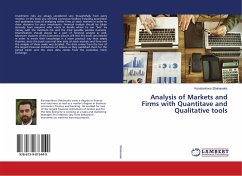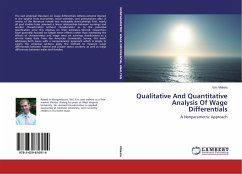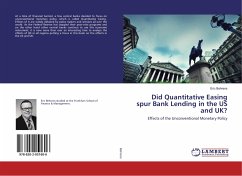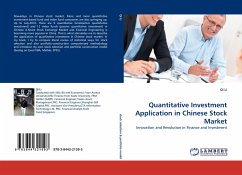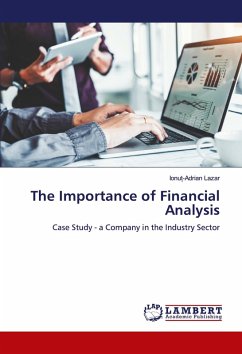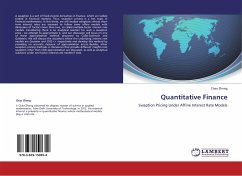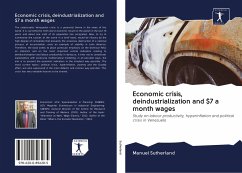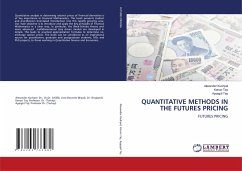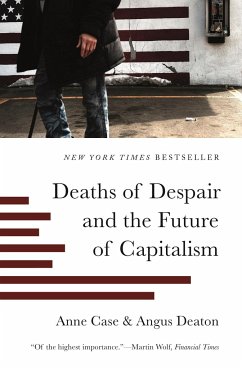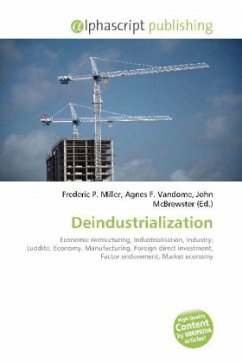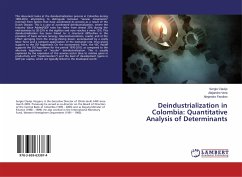
Deindustrialization in Colombia: Quantitative Analysis of Determinants
Versandkostenfrei!
Versandfertig in 6-10 Tagen
16,99 €
inkl. MwSt.

PAYBACK Punkte
8 °P sammeln!
This document looks at the deindustrialization process in Colombia during 1965-2012, attempting to distinguish between secular movements (normal) from factors that have accelerated its process as a result of the Dutch Disease. This is a case of accelerated deindustrialization, where the Industry Value Added/GDP ratio has fallen from almost 25% during the mid-seventies to 20-22% in the eighties and now reaches a mere 12%. This deindustrialization has been linked to: i) structural difficulties in the provision of basic services (energy, telecommunications, roads), and ii) the effect springing fr...
This document looks at the deindustrialization process in Colombia during 1965-2012, attempting to distinguish between secular movements (normal) from factors that have accelerated its process as a result of the Dutch Disease. This is a case of accelerated deindustrialization, where the Industry Value Added/GDP ratio has fallen from almost 25% during the mid-seventies to 20-22% in the eighties and now reaches a mere 12%. This deindustrialization has been linked to: i) structural difficulties in the provision of basic services (energy, telecommunications, roads), and ii) the effect springing from the energy-mining boom, accompanied by a costly labor force and a rampant appreciation of the exchange rate, thus giving support to the DD hypothesis. On the econometric front, the VEC model supports the DD hypothesis for the period 1970-2010, as compared to the alternate hypothesis of secular deindustrialization. This is usually explained by the expansion of the services sector (due to relative gains in productivity and modernization ) and the level of development (gains in GDP per capita), which are typically linked to the developed world.



